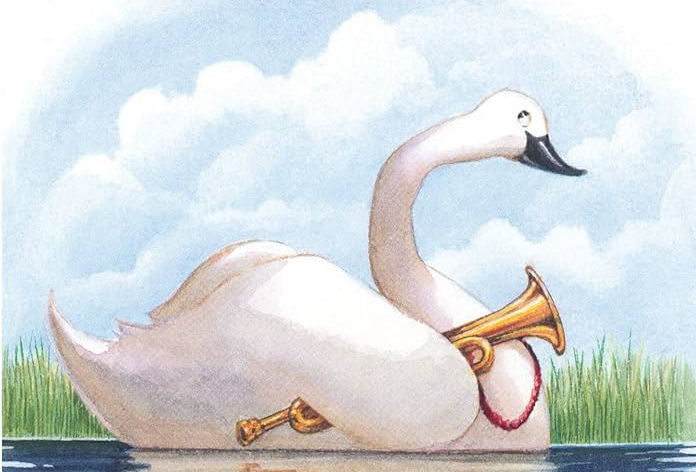Dr. Seuss
- Joe

- Sep 25, 2020
- 3 min read
Updated: Feb 13, 2025
Lately we're reading more and more Dr. Seuss. Soon after Jack was born we acquired (can't remember if it was a gift or what) a little starter pack of books: The Cat in the Hat, One Fish Two Fish Red Fish Blue Fish, Green Eggs and Ham, Hop on Pop, and Fox in Sox. They were barely touched his first year due to length. These days they're perfect for his attention span and see a lot of use. We've also added considerably to the collection with Mulberry Street, Horton, Yertle, the Grinch, the Lorax, and more. He's basically obsessed and I very much enjoy reading them, so it works out well.
Dr. Seuss was a one-of-a-kind children's author and did the writing and artwork himself. The reason they're so good was his penchant for rhyming, of course, but just as important is the cadence his books contain. The rhythm makes them fun to read in addition to telling a story that may be a fantastical daydream, or a parable with a lesson, or something simply silly. The uniquely wacky art style and creative assortment of characters certainly adds a lot too. It's no surprise that Seuss is the most famous children's author in the history of the world.
This isn't just about the fact that Dr. Seuss wrote some great books. Everyone knows his stories and legacy. By this stage of history however I think there's a part of Seuss that's largely been forgotten, and that was his role during WWII. Let's go back a ways.
Born Theodor Seuss Geisel, he adopted the moniker 'Dr. Seuss' in college at Dartmouth, apparently as a joke because his father wanted him to go into medicine and that was never his plan. Instead he started a career as an illustrator and political cartoonist. He did publish a few children's books before the war, such as And to Think That I Saw It on Mulberry Street (1938) and Horton Hatches the Egg (1940), but the vast majority of his recognizable work came out afterward.
During the war he pumped out propaganda (this story is great and goes into more detail) in his signature style. First, continuing his work as a political cartoonist he went after isolationists (America First) and people he saw as apologists for fascism, all while being thoroughly supportive of FDR. He was then hired by the government directly to support the war effort, with cartoons encouraging buying bonds and conserving resources, for example. Eventually he actually enlisted with the army and made films shown only to soldiers and others in the military, discouraging spreading rumors and similar messages. This is all laudable from a high level.
The issue you may find, in actually looking at many of his cartoons and other work, was some pretty overt racism in caricatures and themes. After Pearl Harbor was bombed, he went after people of Japanese descent, both home and abroad, including strongly supporting the internment of Japanese-Americans ordered in 1942. His portrayal of the Germans wasn't quite as bad, though again it could be more racial than political. None of this was outrageously shocking at the time and may have been expected all things considered. He did largely save his 'ammunition' for our nation's opponents in war, many other cartoons supported civil rights for blacks or blasted the vilification of Jews in Europe. Still, much of this is jarring coming from a man famous for children's books and still entirely beloved today.
Alright, now I have no intention or desire to 'cancel' Dr. Seuss and that's not why I wrote this. History is tremendously complicated and people are flawed. It's better to learn from history, especially the uncomfortable parts, than ignore it. And I don't need a record clean of sin or political agreement to admire a person or their art. I just find this slice of his past fascinating. He did supposedly later have regrets. It won't impact how I view his books, which we'll keep reading, because they're great. Actually, it makes me want this book.






Comments